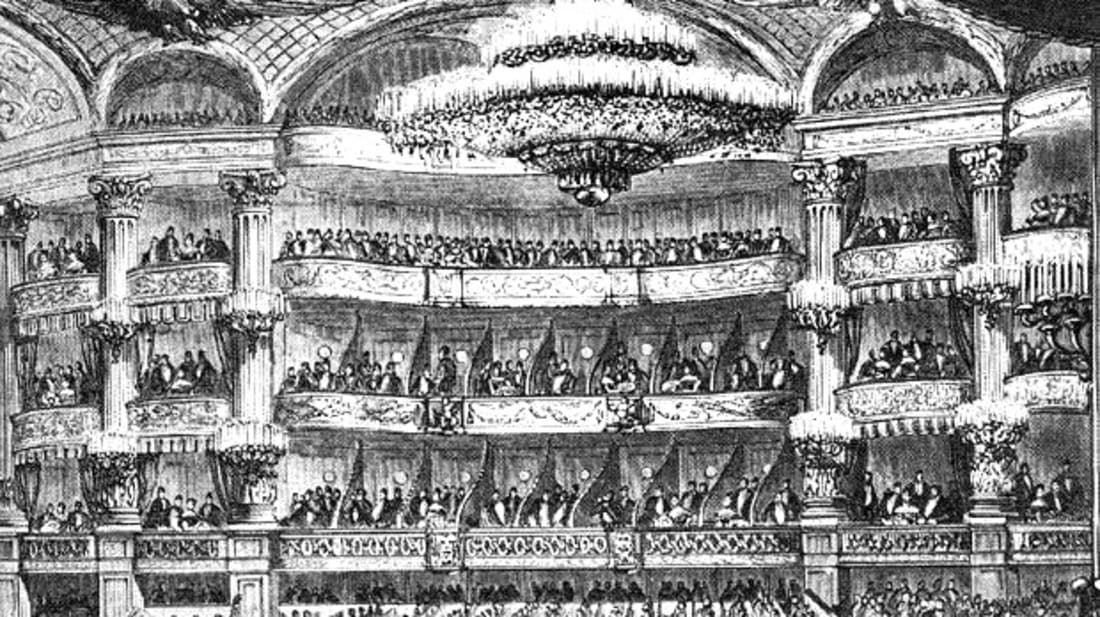lagunabeachcanow.com – Gaston Leroux’s novel “The Phantom of the Opera,” first published in 1910, has captivated readers for over a century with its tale of mystery, romance, and the supernatural. At the heart of this gothic masterpiece is the enigmatic figure known as the Phantom, a masked musical genius who haunts the depths of the Paris Opera House.
The Phantom’s Origins
The Phantom, whose real name is Erik, is described as a musical prodigy with a genius for all things operatic. However, his life is marred by a hideous facial deformity that leads him to live in the shadows. Erik finds solace in the underground labyrinth of the opera house, where he constructs an elaborate home and becomes the self-proclaimed “Opera Ghost.”
The Phantom’s Haunting
Erik’s presence at the opera house is marked by a series of mysterious events, including the manipulation of stage machinery and the delivery of threatening messages. He demands that the opera house management reserve a box for him and insists on having his musical compositions performed. The Phantom’s control over the opera house is so complete that he is able to orchestrate the comings and goings of the performers and staff, often to their detriment.
The Phantom’s Relationship with Christine Daaé
The Phantom’s life takes a dramatic turn when he encounters Christine Daaé, a young and talented soprano. Recognizing her potential, Erik becomes Christine’s secret mentor, teaching her to sing with a voice that enchants all who hear it. However, his obsession with Christine grows, and he becomes determined to possess her, both as a protégé and as a lover.
The Phantom’s Downfall
The Phantom’s plans for Christine are thwarted by her childhood sweetheart, Raoul, who seeks to rescue her from the Phantom’s clutches. The novel reaches its climax with a series of dramatic confrontations that lead to the Phantom’s exposure and eventual downfall. Despite his malevolent actions, the Phantom evokes a complex mix of fear, pity, and admiration from those who encounter him.
The Legacy of the Phantom
“The Phantom of the Opera” has left an indelible mark on popular culture, inspiring numerous adaptations, including stage productions, films, and even a hit musical. The character of the Phantom himself has become an iconic figure, representing the duality of genius and madness, as well as the power of art to both create and destroy.
Conclusion
Gaston Leroux’s “The Phantom of the Opera” remains a timeless tale of love, obsession, and the human capacity for both beauty and horror. The Phantom, with his masked face and haunting melodies, continues to fascinate audiences around the world, proving that some stories transcend the boundaries of time and place to touch the very soul of humanity.
